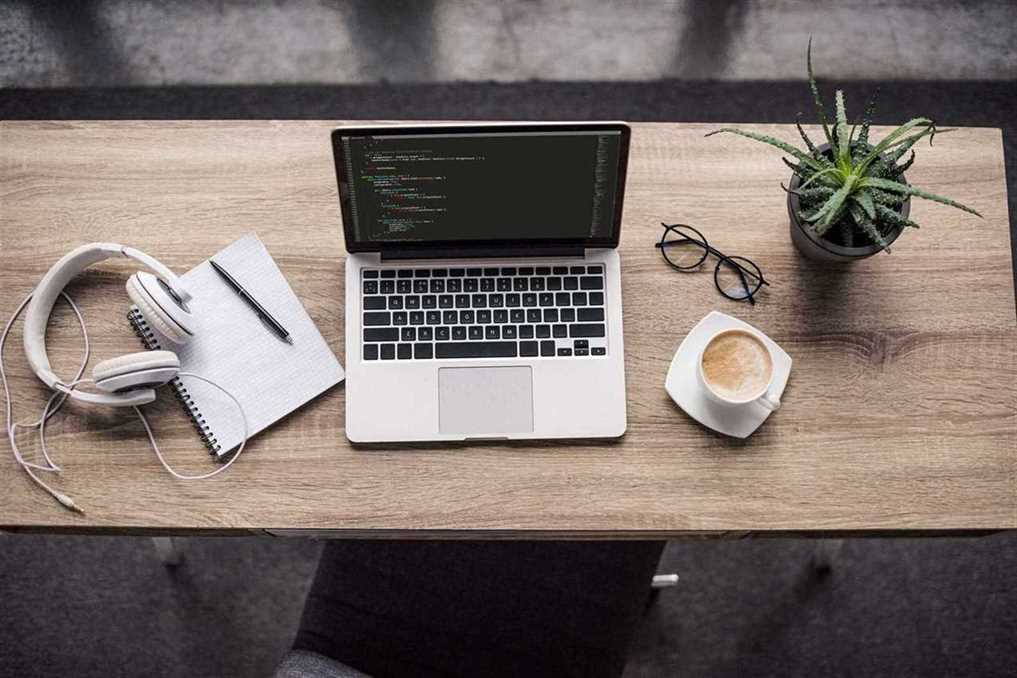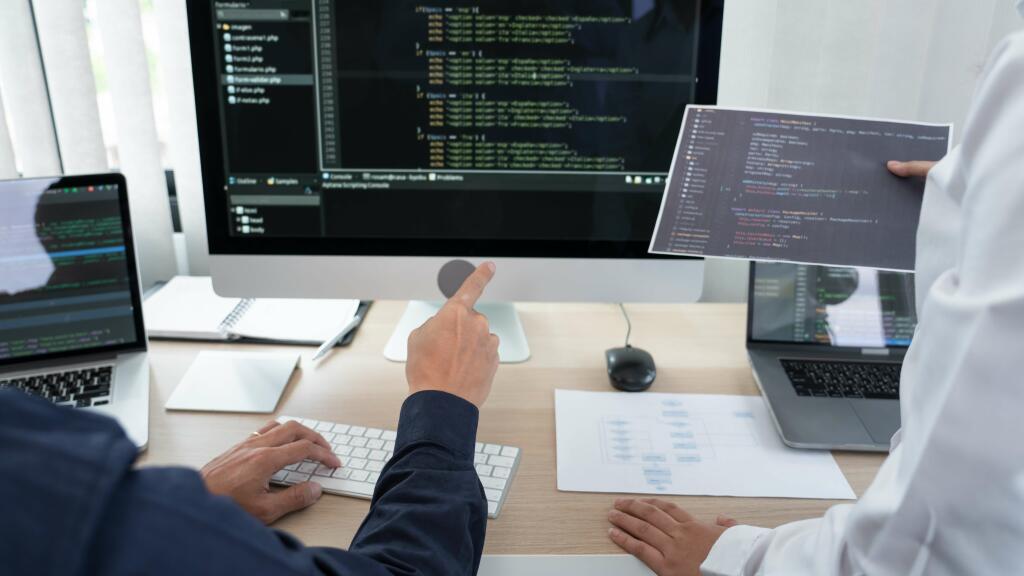GPS, Bluetooth, and different sensors make creating digital content with bodily context potential. Spatial computing creates a seamless interaction between virtual and physical environments by way of software and hardware. This platform can sense real-world information by way of cameras and sensors, process it in actual time to understand the context of the captured house, and display content material onto the physical environment to overlay content material or create utterly virtual environments. The expectation that the photographs Spatial Computing, sounds, and accelerations processed by a tool are contributing to the real-time perceptions of a person human, spatial computing blends digital experiences into a user’s experience of the bodily world. To permit a person to treat any flat surface within the instant setting as a touchscreen or show is merely the obvious extension of the prevailing paradigm of UI in mobile computing to spatial computing.
Although the worth of spatial computing shares is increasing and innovative ideas like good farming are becoming extra important, the expertise nonetheless faces challenges. Some of them are technical, while most require a shift in considering in companies and society normally. For this reason, the actual potential of spatial computing just isn’t yet totally realized. In spatial computing, real-world lighting is combined with digital mild to perform with our eye-brain pathways in the same method that it does in actual life.
For example, the Apple Vision Pro, which some declare has the potential to revolutionize spatial computing, can fit a quantity of sensors. This makes the experience of transferring round with it and using hand gestures smoother and more responsive. Apple Vision Pro makes use of two major cameras, 4 downward-facing cameras, two infrared cameras, two TrueDepth cameras, two aspect cameras and 5 different sensors. AR, VR and spatial computing differ in that, in spatial computing, digital simulations can work together with or seem to switch physical environments. VR simulates a 3D setting that lets customers discover and interact with a virtual surrounding.
To eliminate the boundaries between the physical and digital realms, permitting for extra pure and immersive interactions with digital technology.” The paper is fascinating in that the method in which spatial computing was historically understood was extra akin to ubiquitous computing somewhat than ideas of virtual actuality. With augmented actuality, including elements of the digital world into our real-world environment is feasible. For occasion, within the industrial world, you would possibly use an AR app or sensible glasses to overlay details about a machine’s inner features onto the skin of that system.
Sensors And Motion Trackers
Components of spatial computing can embody digicam sensors, web of issues, digital twins, ambient computing, augmented actuality (AR), VR, artificial intelligence (AI) and bodily controls. Substantial developments in these technologies are making spatial computing more practical. As we enter the era of the metaverse and explore new digital experiences, spatial computing will type the foundations of a new relationship between people and machines. Initially, some of the first examples of spatial computing were relatively simple. GPS makes use of spatial instruments like sensors to provide navigation assist and course. Apps like Snapchat even use this technology to allow users to filter pictures and movies.
Solutions like Alcatel-Lucent’s SHARESPACE permit groups to collaborate in immersive environments, as systems seize sensory and motor operate data to feed enter to computers. By benefiting from our natural spatial capabilities as human beings, this technology goals to improve the productivity, effectivity, and the way in which we access, share, and use knowledge. Broadly, a future the place a company can management everything you see, hear and interact with through its headsets might require new rules about how the technology is used. Frontline Spatial is a software answer that provides your employees a straightforward entry into the immersive expertise.
But he believes we may be approaching an inflection point because of a variety of latest technological developments. For one, pixel density is important for any device that’s held up close or worn as a headset, as lower resolutions enhance eye strain and break immersion. Virtual actuality, which places the user in an immersive, simulated setting — normally via the use of a digital reality headset — can employ spatial computing, but doesn’t always. A VR simulation of a real-world place, or of a virtual area that accommodates real-world objects, would be thought of spatial computing beneath Greenwold’s definition. Games like Pokémon Go and its predecessor, Ingress, use GPS and augmented reality technology to create gaming experiences that are particular to the user’s location and incorporate elements of the encompassing setting.
Augmented And Digital Actuality 2Zero: Why Spatial Computing Is Extra Than Just Ar And Vr
Elsewhere, Meta is investing in spatial technologies to convey life to its imaginative and prescient of the metaverse. The company constantly explores new merchandise and solutions to make workplace interactions more immersive. Changing the computing platform already brings a radical change in human-computer interaction. Create a meaningful experience in spatial computing implies that we have to use pure ways of interacting with this new expertise.
That’s why it’s safe to assume that spatial computing, like the Internet of Things (IoT), will set up itself in on a regular basis business. This assumption seems logical as interest in spatial computing stocks and comparable funding opportunities is growing rapidly. In the age of spatial computing, people are transitioning from how we interacted with static computer systems up to now, to how we might join with today’s immersive, engaging expertise. Spatial computing is a time period that you will notice enhance in use throughout tech news and tech bulletins within the months to come back, but it still is in its infancy. It will take a quantity of years for Spatial Computing to evolve into its full potential and impression business and the way we interact with one another and with expertise in the same means or in an much more impactful way than the previous phases of computing have.
Augmented actuality and blended reality, both of which superimpose digital parts onto the bodily world in real time, are widespread use circumstances for spatial computing. While lots of the advantages of spatial expertise can already be seen in the XR house, the revolution expands past AR and VR. Spatial options connect the dots between digital twins, IoT, AI, the metaverse, and more. Spatial computing is usually a posh time period to outline as a result of it’s an “umbrella” idea covering quite so much of applied sciences. In the age of hybrid work, spatial technologies are more and more in style as companies look to bridge the gap between the digital and physical worlds.
Volumetric rendering, holographic processing, and sensor fusion will enable interfaces to information and applications that we can not yet imagine. Zuckerberg also spoke about ushering the subsequent computing platform via developments in sensible glasses. Spatial computing is the mixing of conventional computing, which incorporates data and logic, with 3D location to develop person interfaces. Spatial computing is closely associated to digital actuality (VR) and augmented reality (AR) since it’s founded on the identical concept often recognized as digital twins. Thus, spatial computing gets information from the sensors deployed within the system and gives perception into performance and potential points utilizing this approach.
Benefits: The Potential Of Spatial Computing
When we’re speaking about spatial computing, we are speaking about digital actuality, augmented and blended actuality. What is so attention-grabbing is that we describe this know-how by the sort interaction we have with it, not by the thing we interact with. And this revolution could be as massive as cellular computing (that was outlined by the locations we go with our device) as a result of it’s a basically new paradigm of computing. Currently, there are macOS and iOS and in the future, I can image Apple introducing xOS for combined and augmented reality. Today’s rudimentary AR that we expertise on our telephones is planting the seeds for tomorrow’s spatial computing. The spatial computer will perceive the wearer and their bodily house, which in turn turns into updatable and interactive in real time.
Just like cell or private computing isn’t defined by only one technology or one single piece of hardware, so too, spatial computing can’t be boiled right down to only one single factor. Now, we’re transferring into an era where computing expands to any surface, can be accessed anywhere, and may be managed utilizing our eyes, hands, voice or gestures. Sometimes we would https://www.globalcloudteam.com/ wear these computer systems on our faces or on our lapels or they will be incorporated into all sorts of surfaces. The type issue nonetheless remains to be seen and we are going to see lots of new hardware and transitional tools on the method in which to devices that combine compute, communications and comfort within the next decade.
Examples Of Spatial Computing In Your Everyday Life
In addition to cameras and microphones, haptic gear like gloves or bodysuits delivers bodily sensations similar to vibrations and air movements to make the experience extra genuine from a sensory standpoint. It is a scale know-how that will get its “eyes and ears” from AI and Computer Vision and ushers within the era of Large Vision Models (LVM). It contains components of what some call ambient computing, ubiquitous computing and mixed reality, but it is not restricted to just this. The time period apparently originated within the field of GIS round 1985[3] or earlier to describe computations on large-scale geospatial info.
- It’s a method of adjusting how we interact with digital content and instruments to make laptop interactions really feel more immersive and natural.
- Apple Vision Pro uses two primary cameras, 4 downward-facing cameras, two infrared cameras, two TrueDepth cameras, two side cameras and 5 other sensors.
- Microsoft has explored the world of spatial computing with Microsoft Mesh, the HoloLens headset, and even immersive experiences for Microsoft Teams.
- Spatial applied sciences are also driving unbelievable productiveness and creativity throughout just about every industry.
- Substantial advancements in these applied sciences are making spatial computing more practical.
For instance, in the building world, sensors, photogrammetry, and AI can present pc techniques with real-time insights into information from a product, environment or course of. This info is then processed, and used to support users with intuitive purposes and automated workflows. This is spatial computing in broad terms — a system for computer systems to work together and perceive the bodily setting around users, and the place they’ll additionally interact with digital objects. Time and once more, we see professionals say that spatial computing is a “flavor” or mixed actuality or that it is another word for the metaverse.
Good Warehouses And Autonomous Driving: Automation Of Processes
It will enable for extra intuitive and natural interactions with our computer systems and enables our gadgets to better perceive, map, and navigate our physical surroundings. In some methods, it permits us to interact with the virtual world with the same ease we do the bodily world. The particular time period “spatial computing” was later referenced once more in 2003 by Simon Greenwold,[7] as “human interplay with a machine during which the machine retains and manipulates referents to real objects and spaces”. Quite typically in addition they use XR and MR to superimpose virtual 3D graphics and virtual 3D audio onto the human visual and auditory system as a means of offering info extra naturally and contextually than conventional 2D screens. Spatial computing is an umbrella term for digital experiences that reference objects and places within the bodily world. It contains augmented reality, mixed reality and digital actuality recreations of real-world locations.

